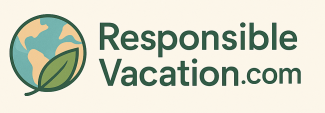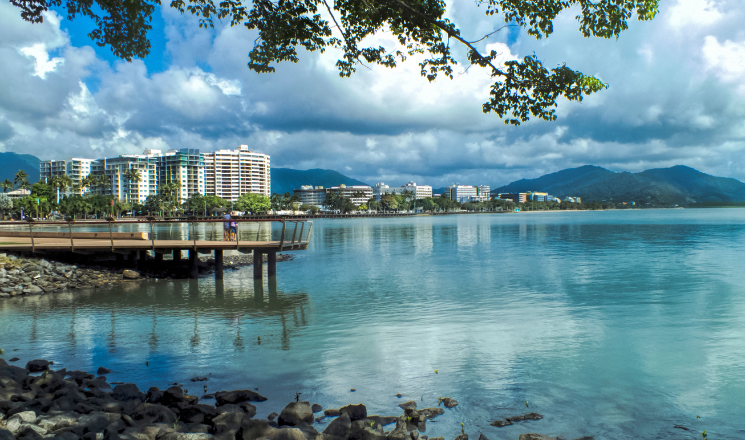Welcome to Cairns, Australia—where adventure meets nature, and the ocean holds one of the planet’s greatest treasures: the Great Barrier Reef. It’s no exaggeration to say that this place is magical. However, that magic is under threat, which is why protecting the reefs in Cairns has become more important than ever.
If you’re a nature lover, traveler, or just someone who cares about the planet, this guide is for you. We’ll cover why the reefs matter, what’s harming them, and most importantly, what you can do to help.
Why Protecting the Reefs in Cairns Matters Globally
Before anything else, let’s talk about why coral reefs are such a big deal. These underwater ecosystems might seem like just a pretty backdrop for snorkeling, but in reality, they are full of life. When you’re protecting the reefs, you’re also protecting:
- Over 25% of all marine species, from clownfish to sharks
- Coastal areas from erosion and storm damage
- The livelihoods of millions of people who rely on fishing and tourism
- Potential breakthroughs in medical research
In fact, the Great Barrier Reef is the largest living structure on Earth. It stretches more than 2,300 kilometers and is even visible from space! No wonder it’s considered one of the Seven Natural Wonders of the World.
Clearly, this isn’t just an Aussie treasure—it’s a global one.
Top Threats to Reef Conservation in Cairns
Although coral reefs are resilient, they’re now facing multiple threats all at once. These threats, unfortunately, are mostly man-made. So, while enjoying the reef, it’s important to know what’s putting it at risk.
1. How Climate Change Disrupts Coral Ecosystems
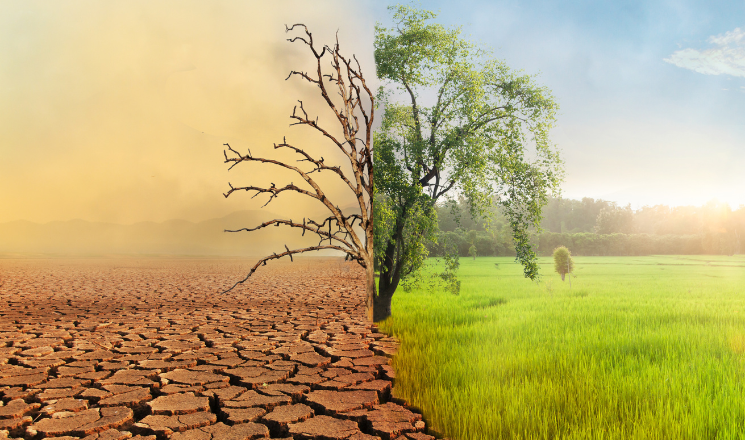
First and foremost, the ocean is getting warmer. Even a small rise in temperature causes coral bleaching—a stress response that turns coral white and often leads to death. The reef has suffered several mass bleaching events in recent years, and unless global temperatures stabilize, this trend will continue.
2. The Danger of Runoff and Its Impact on Reef Health
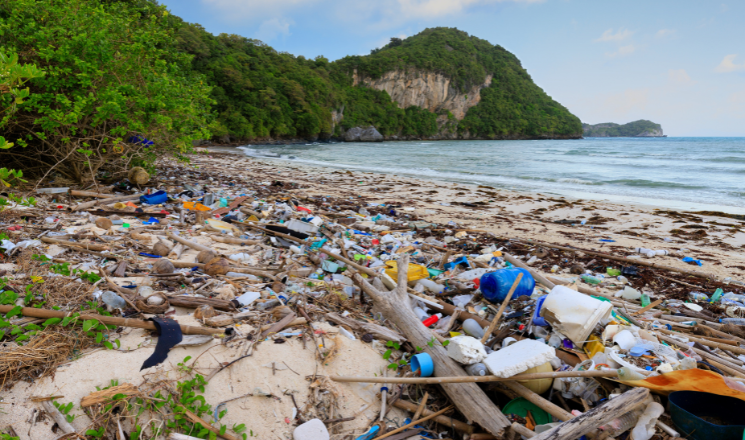
Next up is pollution. When rainwater carries chemicals like fertilizers and pesticides into the ocean, it disrupts the reef’s natural balance. This leads to algae overgrowth, which suffocates the coral and reduces light levels. Not to mention, plastic waste harms turtles, fish, and other marine life.
3. Overfishing and the Collapse of Reef Life Balance
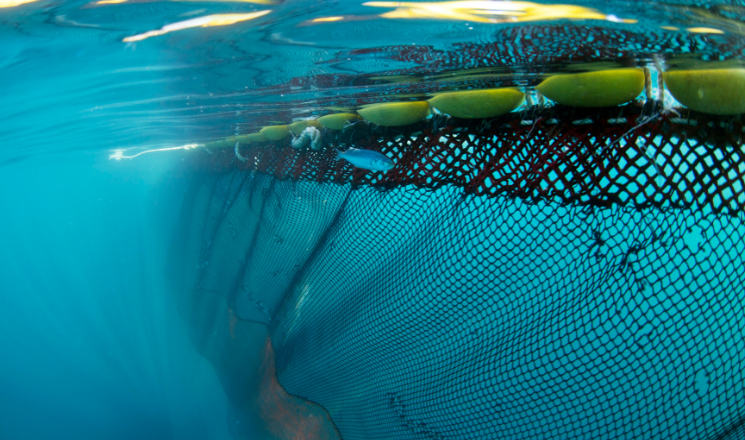
Additionally, removing too many fish from reef areas throws everything out of balance. For example, parrotfish help control algae growth on coral. Without them, algae takes over and corals struggle to grow.
4. Why Responsible Tourism Is Key to Reef Protection
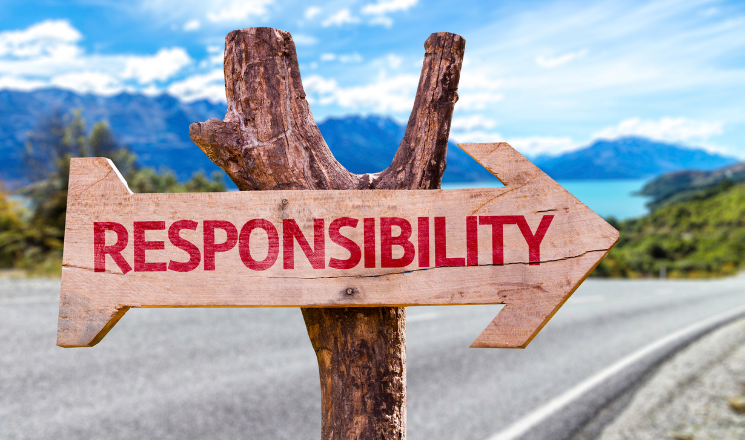
Even though tourism funds reef conservation, unsustainable practices also cause harm. Boats that drop anchors directly onto coral, visitors who touch or step on reefs, and even chemical-filled sunscreens all pose a threat.
Because of all this, protecting the reefs isn’t optional—it’s urgent.
Protecting the Reefs: Local Efforts Making a Difference
Luckily, a lot of smart and passionate people in Cairns are already working to protect the reef. Thanks to science, technology, and local activism, real progress is being made.
1. How Science and Law Safeguard Cairns’ Reefs

The Great Barrier Reef Marine Park Authority (GBRMPA) enforces marine zoning and eco-tourism regulations. They protect sensitive reef areas and monitor reef health regularly.
2. Reef Restoration Foundation
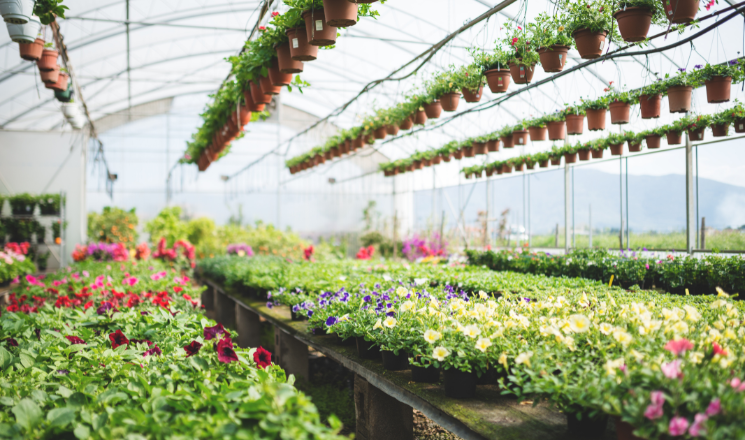
This inspiring group is literally planting coral back onto the reef! Using coral nurseries, they grow strong coral fragments and reattach them to damaged areas. It’s like reforesting, but underwater.
3. Eye on the Reef App: A Digital Tool for Reef Watch

The Eye on the Reef app lets visitors, guides, and scientists log sightings of marine life, coral health, and unusual events. By contributing this data, you help scientists monitor the reef in real time.
4. Citizens of the Great Barrier Reef
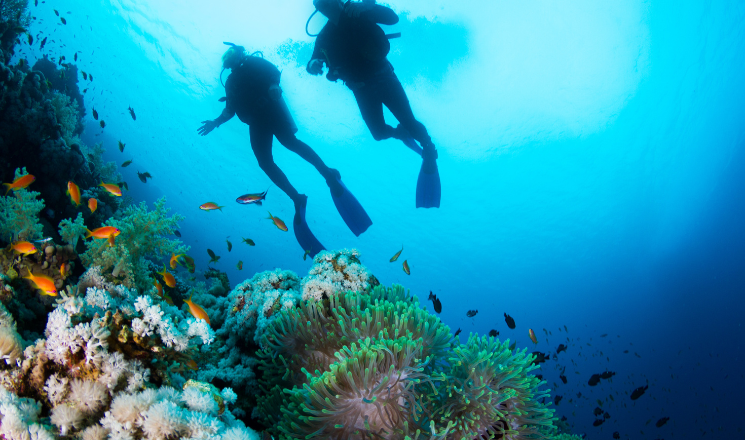
This group has turned reef protection into a global cause. Through social media and science-based actions, they unite people from all walks of life. Whether you’re in Cairns or Canada, you can still be part of the solution.
Reef-Friendly Travel Tips: Protecting the Reefs as a Tourist
If you’re planning a trip to Cairns, that’s fantastic. But remember, protecting the reefs starts with smart, simple choices. Here’s how you can explore responsibly and still have an unforgettable adventure.
1. Choose Eco-Certified Tours that Prioritize Reef Safety
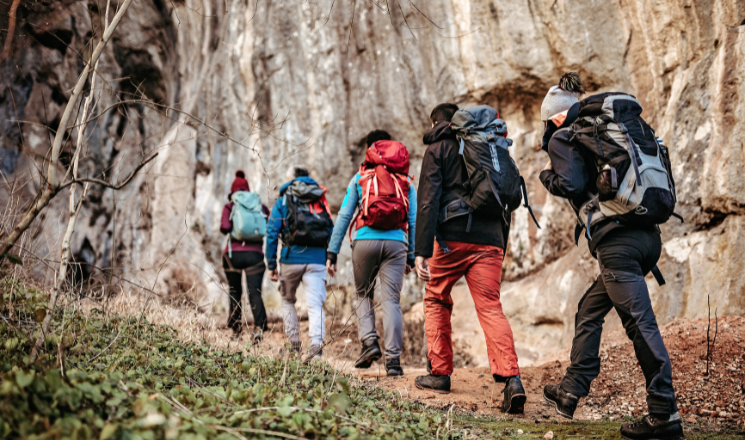
To begin with, always choose operators with Advanced Eco Certification or those recognized by the GBRMPA. These businesses are trained to minimize their impact and educate visitors on reef care.
2. Use Reef-Safe Sunscreen to Protect Coral Environments

Next time you pack sunscreen, check the label. If it contains oxybenzone or octinoxate, leave it at home. These chemicals are toxic to coral. Choose reef-safe sunscreen or cover up with UV-blocking clothing.
3. Snorkel & Dive Respectfully to Help Protect Coral Reefs
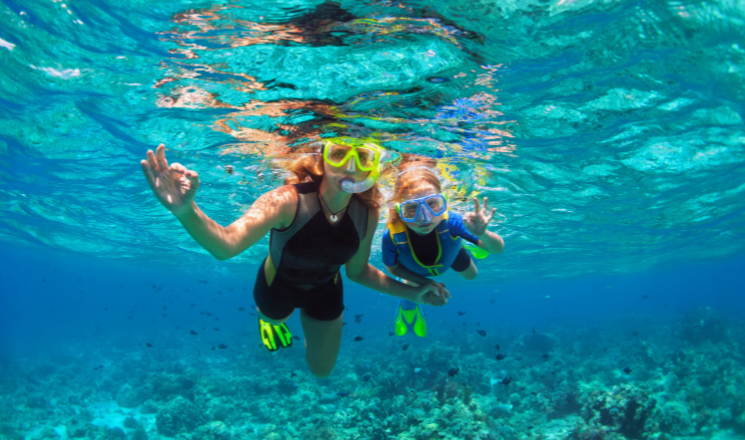
Even the slightest touch can hurt coral. So, whether you’re snorkeling or diving, keep your distance. Always stay horizontal in the water and watch your fins.
4. Never Take Reef Souvenirs

Shells and coral might look like cool keepsakes, but they belong in the ocean. Taking them disturbs the ecosystem. Instead, take memories and photos.
5. Plastic-Free Habits that Benefit the Reefs

Plastic pollution is a big issue in oceans. To help, bring a reusable water bottle, say no to plastic straws, and pack your own shopping bag.
Must-Visit Spots While Protecting the Reefs
If you’re visiting Cairns, there are a few stunning spots you absolutely shouldn’t miss—just enjoy them responsibly!
1. Explore Green Island: A Model for Eco-Conscious Reef Travel
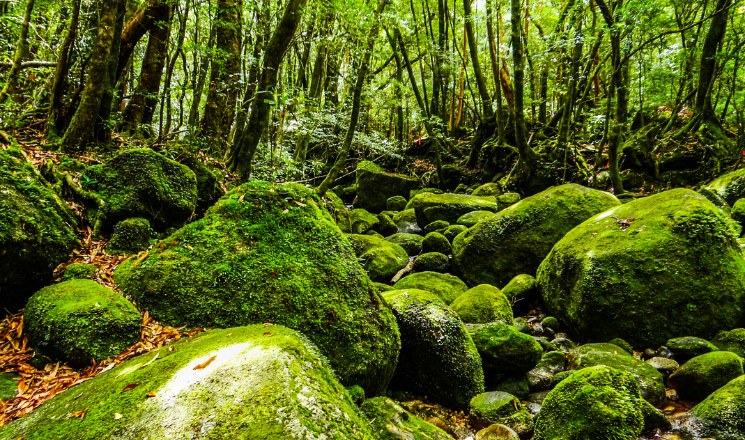
Green Island is great for beginners and families. Its calm waters are perfect for snorkeling, and it’s home to seagrass beds where you might spot turtles grazing.
2. Visit Fitzroy Island and the Turtle Rehab Centre
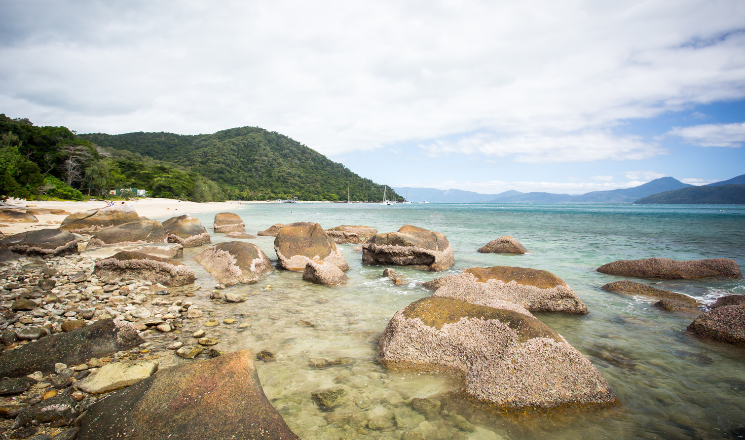
Fitzroy Island is just 45 minutes from Cairns and offers lush hiking trails, snorkeling spots, and the Cairns Turtle Rehabilitation Centre, where injured turtles are nursed back to health.
3. Outer Reef Diving at Agincourt: A Protected Marine Area
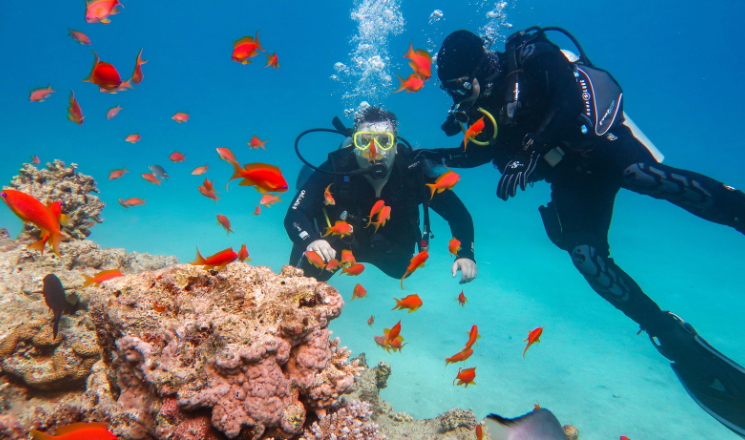
Agincourt Reef, located on the outer reef, is part of a marine protected area. It’s known for clear visibility and vibrant marine life, including sharks, giant clams, and rainbow-colored coral.
Everyday Ways to Help with Coral Reef Conservation

Not traveling soon? No worries. You can still be involved in protecting the reefs from wherever you are. Here are some easy ideas:
- Save electricity to reduce your carbon footprint
- Donate to coral restoration projects
- Support businesses that use reef-friendly products
- Eat sustainable seafood or cut back on fish altogether
- Share knowledge about reef protection on social media
Even little lifestyle changes can lead to big results when done collectively.
Final Thoughts on Protecting the Reefs
Let’s be honest. The Great Barrier Reef doesn’t need us to admire it—it needs us to protect it. From coral bleaching to plastic pollution, the reef is facing major threats. But through informed tourism, everyday eco-friendly habits, and community action, we can make a difference.
Whether you’re planning a snorkeling trip in Cairns or just learning more from afar, take this as your call to action. Protecting the reefs isn’t just for scientists or activists—it’s for everyone who loves the ocean.
So, what will you do today to help preserve this underwater wonder?
